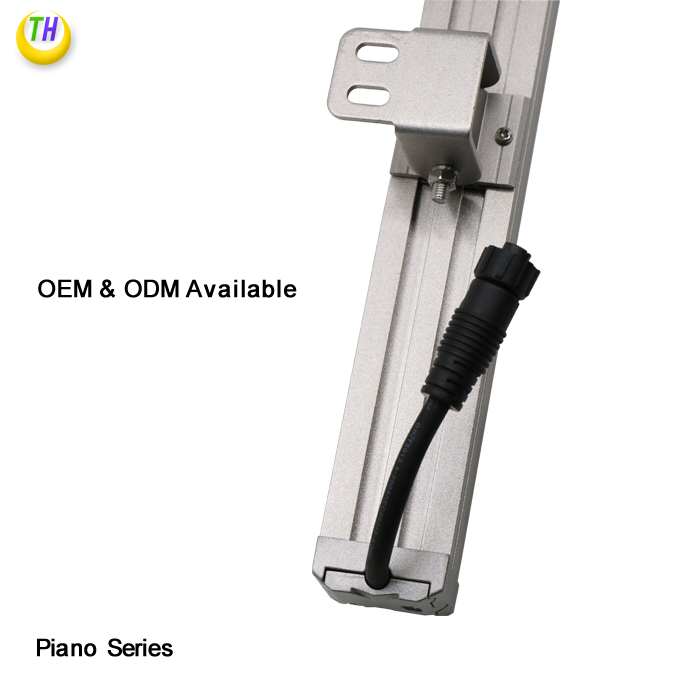Temperature coefficient of LED volt-ampere characteristic
- 2020-10-12
- Views:0
Temperature coefficient of LED volt-ampere characteristic
(Summary description)
- Categories:NEWS
- Author:
- Origin:
- 2020-10-12
- Views:0
We know that an LED is a semiconductor diode that, like all diodes, has a volt-ampere characteristic, and like all semiconductor diodes, this volt-ampere characteristic has a temperature characteristic. The characteristic is that as the temperature rises, the volt-ampere characteristic shifts to the left. The temperature characteristics of LED's volt-ampere characteristics are drawn in Figure 4.
It is assumed that the LED is supplied with Io constant current. When the junction temperature is T1, the voltage is V1; when the junction temperature rise is T2, the whole volt-ampere characteristic shifts to the left, the current Io remains unchanged, and the voltage becomes V2. These two voltage differences are removed by temperature to obtain their temperature coefficient, expressed in mV/ C. For ordinary silicon diodes, this temperature coefficient is about -2mV/ C. But leds are mostly not made of silicon, so their temperature coefficients will have to be measured separately. Fortunately, the data sheets of various LED manufacturers mostly give its temperature coefficient. For example, for Xlamp7090XR-E high power LEDS from Cree Company, the temperature coefficient was -4mv/C. It's about twice the size of a conventional silicon diode. The Us Priory Array LED (BXRA) gives more detailed data
But the range of their data is too broad to be useful.
However, knowing the temperature coefficient of the LED makes it easy to deduce the junction temperature from measuring the forward voltage of the LED.

Qingdao Tonghui Lighting Technology Co.,ltd
Whatsapp/Wechat No.:0086-15753273917
joe@tonghuilighting.cn
www.tonghuilighting,cn
Scan the QR code to read on your phone

E-mail: info@tonghuilighting.cn
ADD: No. 1, Guiding Road, Licang District, Qingdao, Shandong, China
Tel: +86-532-80928966 +86-532-80925662


